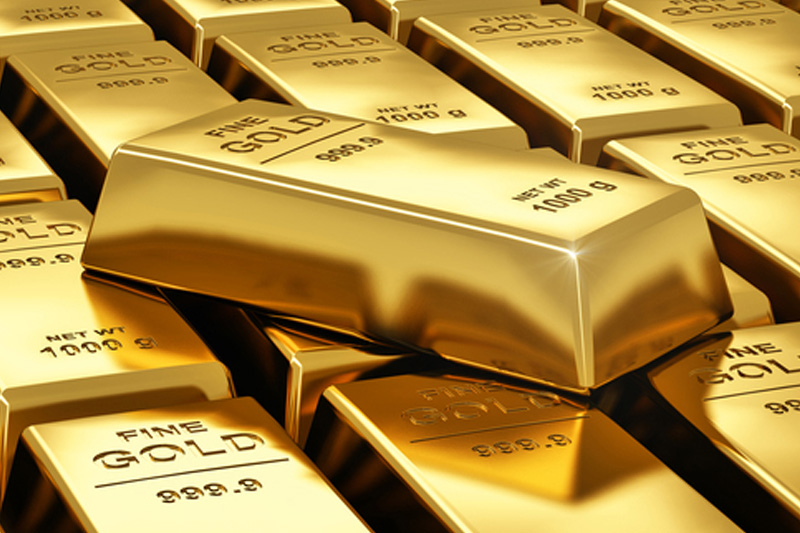By Barani Krishnan
Investing.com - Gold posted a third straight weekly gain on Friday, returning to crucial $1,800 support. But outlook for the yellow metal’s fans remained muddy, with no certainty on how long it will take for the much-touted U.S. inflation to accelerate its gains.
Front-month gold futures on New York’s Comex settled at $1,810.60, up $10.40, or 1.5% on the day.
The benchmark gold futures has gained around $40, or 2.3%, since its last negative weekly close four weeks ago, when it also tumbled to a two-month low of $1,761.20.
Gold’s rise on Friday was fueled by a weaker dollar. Both the U.S. currency and yields work in contrary mode to the precious metal.
“Gold is tentatively stabilizing above the psychological $1,800 level and that could open the door for a stronger rebound next week,” said Ed Moya, head of U.S. research at online broker OANDA.
Yet, there was no certainty about how much impact current inflationary trends in the United States will have on gold, which is generally branded as a hedge against rising pressure prices, Moya said.
“Investors will closely await Tuesday’s inflation report and kickoff to earnings season,” he said, referring to the June update for the Consumer Price Index, which hit a 13-year high of 5% in the 12 months to May.
Conviction has become a rare commodity in gold as the average long investor tried to stay true to the yellow metal through its travails of the past six months.
Since January, gold has been on a tough ride that actually began in August last year — when it came off record highs above $2,000 and meandered for a few months before stumbling into a systemic decay from November, when the first breakthroughs in COVID-19 vaccine efficiencies were announced. At one point, gold raked a near 11-month bottom at under $1,674.
After appearing to break that dark spell with a bounce back to $1,905 in May, gold saw a new round of short-selling that took it back to $1,800 levels before talk of monetary tightening by the Federal Reserve knocked it even lower to mid-$1,700 levels.
For the record, the Fed has indicated that it expects two hikes before 2023 that will bring interest rates within a range of 0.5% to 0.75% from a current pandemic-era super-low of zero to 0.25%. It has not set a timetable for the tapering or complete freeze of the $120 billion in bonds and other assets it has been buying since March 2020 to support the economy through the Covid crisis.
That hasn't, however, stopped senior bankers on the central bank’s all-important FOMC, or Federal Open Market Committee, from commenting on the likelihood of a taper or rate hike in their public speeches. Typically, each hawkish speech on a taper or rate hike by a Fed official ends up hammering gold more than than a dovish comment would lift it.
Also, amazingly lost in the whole transition is gold’s position as a hedge against inflation despite trillions of dollars of government spending since the outbreak of the pandemic.
The Fed’s preferred inflation gauge, the Personal Consumption Expenditure Index, meanwhile, grew by a multi-year high of 3.4 percent in the 12 months to May.
